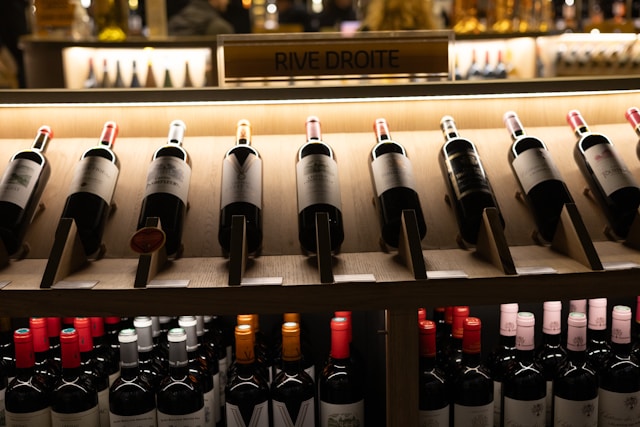Also known as “en primeur” sales, wine futures are a fascinating and strategic way to purchase wine before it is bottled and released to the market. This practice, particularly prevalent in regions like Bordeaux, France, offers unique opportunities for both wine enthusiasts and investors. Discover in this article how wine futures work, from initial tastings to final delivery.
The Tasting and the Assessment of Wine Futures
To understand wine Futures and how it works, you should know that each spring, the previous year’s vintage is meticulously sampled and evaluated by a select group of wine critics, merchants, and other industry professionals. These early tastings, known as “en primeur” tastings, provide an initial indication of the wine’s quality and potential. The evaluations help predict how the drink will develop as it ages. Thus, this step influences the wine’s future value and desirability.
The Offering for Sale
Based on the assessments from the en primeur tastings, wineries, especially the renowned châteaux in Bordeaux, offer their wines for sale at futures prices. This typically happens a year or more before the wine is bottled and ready for release. By selling futures, wineries can secure early revenue and gauge market interest in their latest vintage.
The Purchase of Wine Futures
Consumers and investors then have the opportunity to buy these wines at the futures price. This purchase usually involves a commitment to buy a specific number of bottles or cases. Ordering at this stage can often secure the wine at a lower price than what it might cost once it hits the retail market. That is why it represents an attractive proposition for many buyers.
The Aging and the Bottling
After the futures sales, the wine continues to age in barrels at the winery. This aging process typically lasts between 18 and 24 months. During this period, the wine develops its character and complexity under the careful watch of the winemakers. Once the aging process is complete, the product is bottled and then ready to be shipped to its future owners.
The Delivery of Wine Futures
Upon bottling, the wine is delivered to those who purchased futures. These buyers often receive their wine at a lower price than the eventual retail price. Therefore, they enjoy both the satisfaction of their early investment and the potential for appreciating value. Delivery marks the culmination of the futures process where buyers finally get to taste and enjoy the fruits of their foresight and investment.

